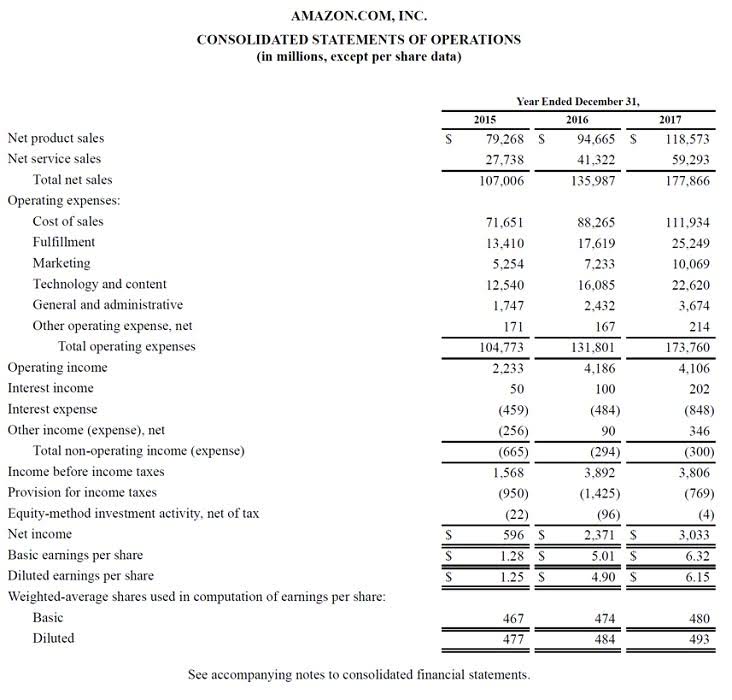
For example, a company will have a Cash account in which every transaction involving cash is recorded. A company selling merchandise on credit will record these sales in a Sales account and in an Accounts Bookkeeping for Painters Receivable account. Others use the term to mean the percentage of gross profit dollars divided by net sales dollars. The general guidelines and principles, standards and detailed rules, plus industry practices that exist for financial reporting.
What roles do financial statements serve in business?
- The income statement lists all revenues and expenses, ending with the net income.
- The firm must indicate cash flows from operating activities separately from cash flows from investing activities and cash flows from financing activities.
- An income statement, also known as a profit and loss (P&L) statement, shows you your business’s profits and losses over a certain period of time.
- Financial statement analysis is critical for investors and creditors because it helps them assess a company’s financial health, future prospects, and potential risks.
- Generally a long term liability account containing the face amount, par amount, or maturity amount of the bonds issued by a company that are outstanding as of the balance sheet date.
- These payments reduce the accumulated profits that are retained in the business.
Balance sheets indicate your company’s current and future financial health. Evaluating your balance sheet can give you an idea of where you stand financially. Each balance sheet’s total assets should always equal your total liabilities and equity. As a business owner, you must learn the difference between the various accounting financial statements. That way, you know which statements to have handy and what to look for on each of them. The statement of retained earnings helps us update the balance in the retained earnings account.
- Financial statements offer a window into the health of a company, which can be difficult to gauge using other means.
- Accumulated Depreciation is a long-term contra asset account (an asset account with a credit balance) that is reported on the balance sheet under the heading Property, Plant, and Equipment.
- The balance sheet equation—Assets equal Liabilities plus Shareholders’ Equity—lets people see a company’s stability.
- In general, it has two primary elements— the Income Statement and the Statement of Other Comprehensive Income.
Which Financial Statement Is Prepared First?

Profit and cash generation are two different things, that’s why companies also need a statement to illustrate any changes in the cash balances during a given period. The Cash Flow Statement compiles cash and cash equivalents that have been generated (cash inflows) and spent (cash outflows) within a fiscal period. Also referred to as the statement of financial position, a company’s balance sheet provides information on what the company is worth from a book value perspective. The balance sheet is broken into three categories and provides summations of the company’s assets, liabilities, and shareholders’ equity on a specific date.

Create a free account to unlock this Template
In double entries accounting, revenues retained earnings are increasing on credit and decreasing on debit. It only recognizes when there is a probability of economic inflow to the entity due to the sale of goods or services. In Noted, users may see the different revenue lines that the entity is generating for the period. This could help users to understand which line of revenues is significantly increasing or declining. Based on IAS 1, there are five types of Financial Statements that the entity must prepare and present if those statements are prepared by using IFRS, and the same as if they are using US GAAP.

Last week we outlined the four primary types of financial statements. These statements include the cash flow statement, the balance sheet, income statement, and the statement of retained earnings. These statements are essential for assessing the current state of your business’s finances, as well as financial statements in order projecting future earnings. However, to accurately receive your financial information, you must process your financial statements in a specific order. In this section, we will explore various methods of analysis, focusing on financial ratios, trends, and comparisons. The balance sheet, income statement, and cash flow statement each offer unique details with information that is all interconnected.
